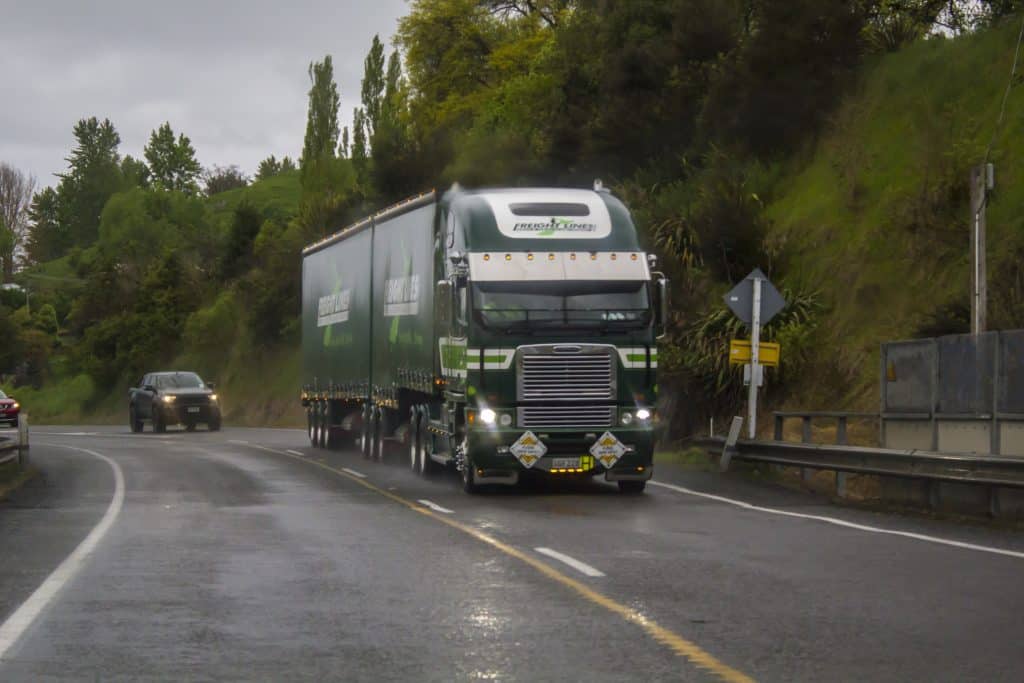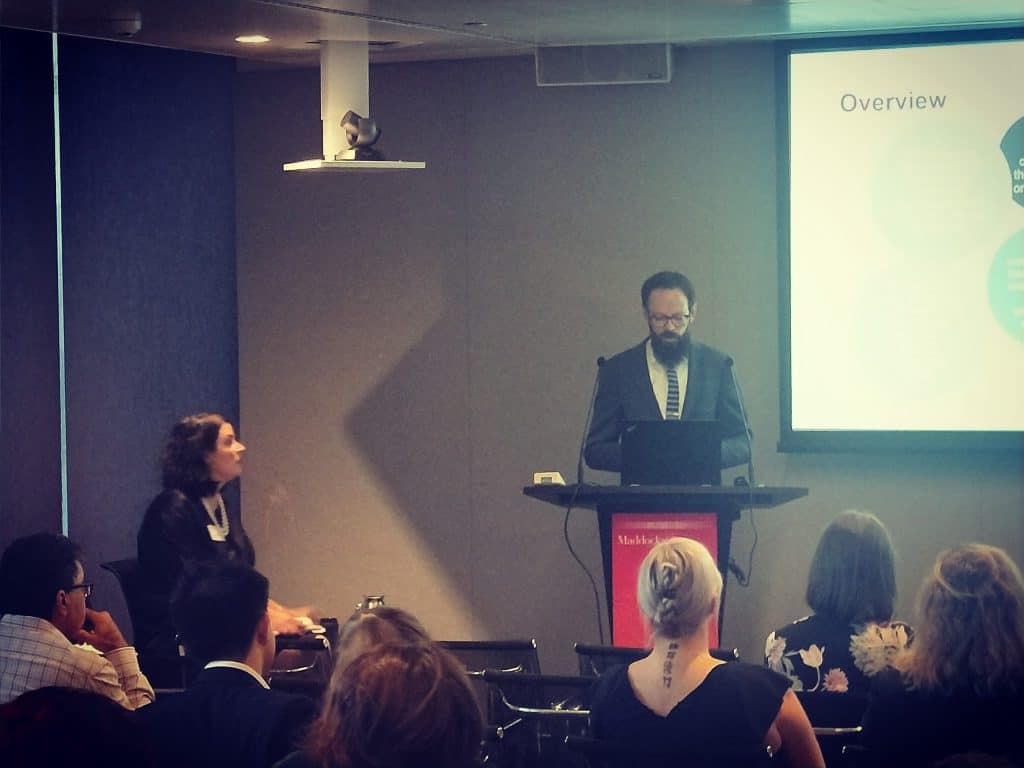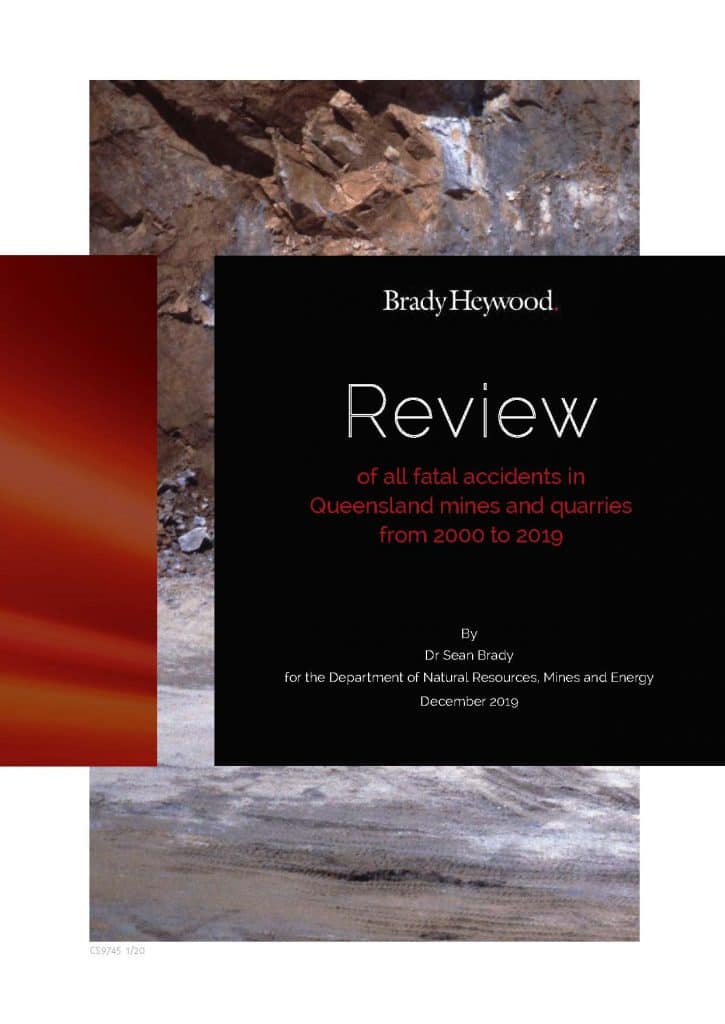
In a welcome announcement about additional funding for WorkSafeACT, the Australian Capital Territory’s Minister for Employment and Workplace Safety, Suzanne Orr, stated that
“Safety is everyone’s responsibility and we must work together to create a strong safety culture so all workers can return home safe at the end of the day”
Orr needs to have her people think a little deeper before using the “everyone’s responsibility” cliché especially as WorkSafeACT gains independence for the first time ever.






